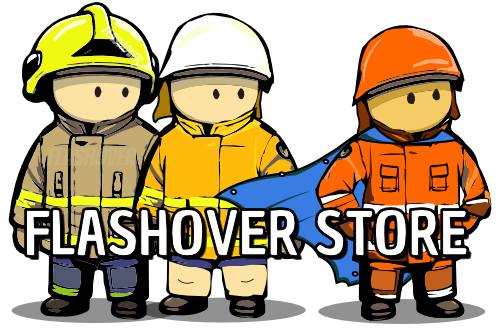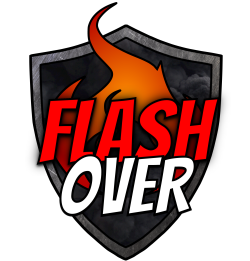| Scenario: One-Person Drill – Solo Response to a House Fire. Category: Structure Fire | ||
| This training scenario has been automatically assigned 2 random dynamic events to enhance the realism and unpredictability of the exercise. These events are designed to simulate real-life challenges. If you’d like to generate 2 new events, Refresh this page. | ||
| Introduction | ||
This drill is designed for a single firefighter to respond to a simulated house fire, taking on the roles of Officer in Charge (OIC), driver, and crew member simultaneously. The firefighter will drive the fire truck to the scene, assess the situation, pass an initial sitrep (Situation Report), deploy a hose line, start the pump, and simulate an offensive fire attack on a residential structure. The intent of this drill is to ensure the firefighter understands all the roles required during a house fire response and is capable of performing each of them independently. This exercise tests the ability to multi-task, maintain situational awareness, and execute an effective response under pressure. | ||
| Objective(s) | ||
To train a single firefighter in handling all aspects of a house fire response, from driving, scene assessment, and command, to deploying hoses and managing fire suppression, ensuring comprehensive competence in each role. | ||
| Learning Objectives | ||
Drive the fire truck to the scene safely, positioning it for effective deployment, simulating the responsibilities of a driver/operator. | ||
| Dynamic Events | ||
Loss of Comms Mid-operation, the crew loses radio communication with the incident or sector commander due to signal interference. This leaves the crew without clear instructions or updates on fire behaviour, forcing the senior officer to make critical decisions until communications are restored. Radiant Heat Burns A firefighter suffers burns from exposure to intense radiant heat, despite wearing PPC / PPE. The extreme temperatures cause first-degree burns on exposed skin areas not fully covered by gear, requiring immediate cooling and medical attention. | ||
| Debrief | ||
Conduct a review at the end of the scenario. Discuss “What went well” and “What could be improved”. Be constructive and supportive – it’s not about blame, it’s about building people up and improving their skills. | ||

If you like this content, you can show your support by grabbing something from our merch store.
For years, we’ve been creating fun, light-hearted firefighter-themed designs that resonate with those who appreciate the humour in what we do. Whether you’re after a sticker for your car, a shirt for the station, or even a mug for the kitchen, we’ve got something for you.

